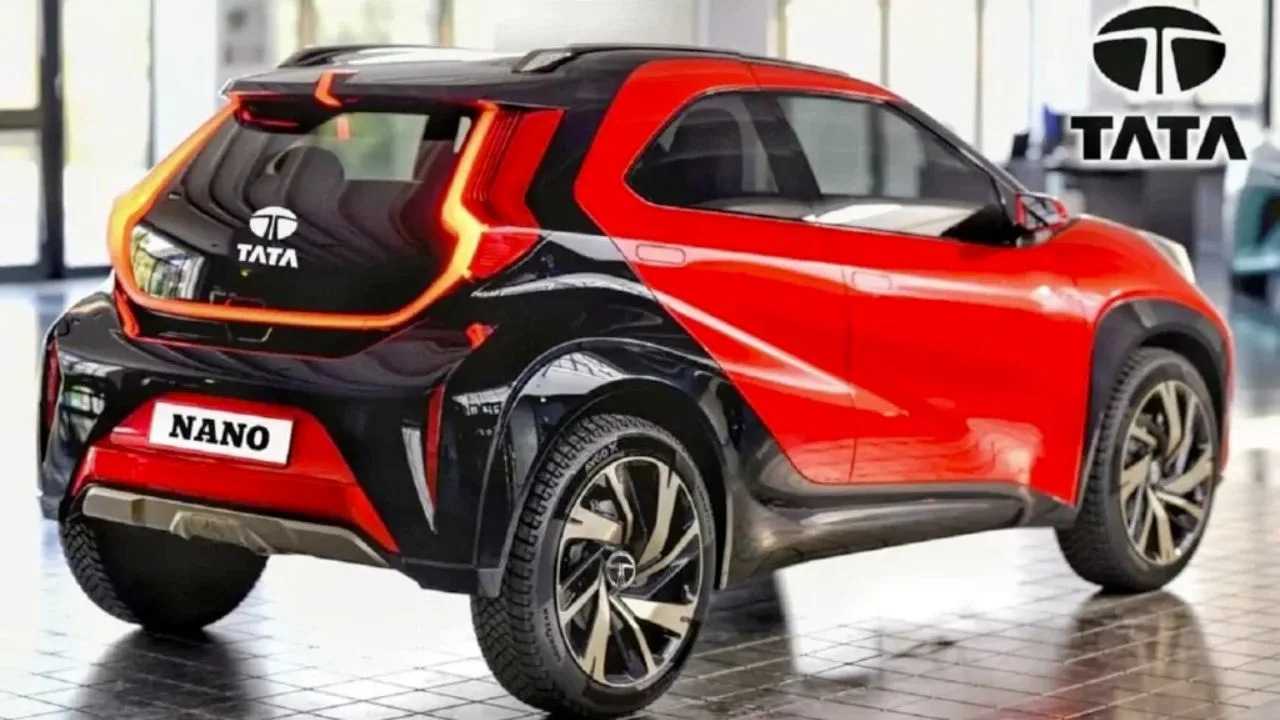The Tata Nano, launched in 2024 with the ambitious goal of being the world’s cheapest car, captured global attention. This tiny, rear-engined hatchback aimed to revolutionize personal mobility in India, promising a car for the masses at an unprecedented price point of ₹100,000 (around $1,300). However, its journey has been a complex one, filled with both triumphs and setbacks. Let’s delve into the story of the Tata Nano, exploring its impact and the challenges it faced.
Affordable Mobility Dream:
The Nano was born from Ratan Tata’s vision of providing a safe and affordable alternative to motorcycles and scooters, the dominant mode of transport for many in India. Its compact design, single-cylinder engine, and stripped-down features aimed to achieve an incredibly low price tag. Initial excitement was immense, with over 2.4 lakh bookings in the first month.
Maruti Suzuki Swift 2024: Booking, features, launch date and price
2024 Bajaj Pulsar 125: Powerful bike with powerful updates!
Challenges and Repercussions:
Despite the initial enthusiasm, the Nano’s journey was riddled with hurdles. Safety concerns arose due to its lightweight construction, leading to negative publicity and regulatory scrutiny. Production delays and plant relocation due to social unrest further hampered progress. The Nano’s “cheap car” image also faced resistance, with some perceiving it as compromising on quality and safety.
Evolution and Adaptation:
Tata Motors responded by introducing safer variants, improving features, and expanding the lineup with the Nano GenX, targeting a slightly more premium segment. However, sales remained sluggish, failing to meet initial projections. The rise of other affordable cars, changing consumer preferences, and economic factors also contributed to the Nano’s struggle.
Impact and Legacy:
Despite its commercial struggles, the Nano’s impact is undeniable. It sparked a conversation about affordable mobility, pushing other manufacturers to develop budget-friendly cars. It also served as a stepping stone for many first-time car buyers in India, contributing to the country’s growing automotive market.
The Future of the Nano:
In 2018, Tata Motors announced that the Nano would be discontinued due to low demand. However, rumors of a revival persist, with speculations about an electric Nano emerging in recent years. Whether it returns in a new form or remains a historical footnote, the Tata Nano’s story serves as a valuable reminder of the complexities of innovation and the challenges of achieving ambitious goals in a dynamic market



